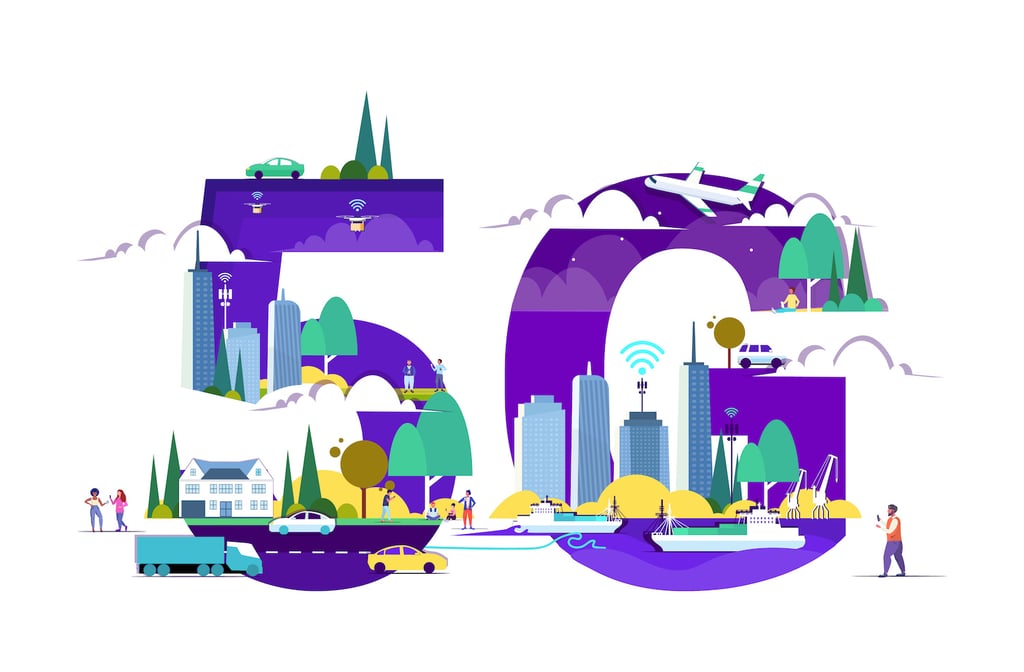I’ve been a fan of Arcologies ever since I learned the term and realized its potential to protect employees. Had Apple or Facebook built one instead of more traditional office structures, their employees likely wouldn’t have had to change their work environments. The employee’s kids could have remained in school, and both firms could have better weathered the pandemic. If Apple’s suppliers also used this model, they could have continued operation until they ran into supplier problems.
Maybe it is time to reconsider the Arcology model in the face of the growing weather and health risks we are now facing.
Arcology
An Arcology is a complete ecosystem built around a company or industry. Walt Disney imagined what one might look like when he initially designed EPCOT, or his Experimental City Of Tomorrow, which was a self-contained city. Sadly he died before that vision was completed, and we were left with an odd amusement park.
Think of the old medieval, walled towns and then update that vision to today’s world, and you have an excellent concept of what an Arcology is.
Most current designs for an Arcology surround a single colossal structure that contains the industries needed to complete related products and projects—housing for employees, schools for their children, and all other elements of a large town. Executed properly, It has secure, limited entry points. Employees never have to leave the structure, and the building can be better designed to survive natural disasters.
Depending on the industry or company the structure is built to support, the result can be a self-contained unit where raw materials go in and finished goods come out, much like a massive 3D printer.
Depending on the local laws, the result may also function more like a town or city than a typical company with advisory boards, security working as law and rule enforcement, and self-contained medical and disaster mitigation resources.
While privacy and abuse of power would be of significant concern due to high levels of containment, protections against other crimes, viruses, or even hostile governments would be far stronger.
During a pandemic, revolt, or even an invasion, the adequately designed Arcology can be immediately locked down and defended. The employees and their children are protected, and the impact on the business and productivity is primarily mitigated. Simply close down the entries and exits, and the entire plant is secure. If someone gets an infectious illness, they can be quickly identified, and the people they had contact with would be immediately available if they, too, lived in the Arcology.
One of the most important aspects is that management of the facility, the people, and any response to a significant event is done by people trained to do that work. Executive management runs the place like a giant complex firm, and you don’t get the constant influx of new and relatively untrained candidates that get jobs they don’t know and learn while doing them.
Wrapping Up
The difficulty with shifting everyone to work at home is that you can’t control the homes or ecosystem that surrounds them. If the goal is to keep people safe, the current distributed structure of work, life, and healthcare isn’t viable at scale. You need to be able to control all aspects of a thing if you genuinely want to protect it against threats.
In the case of an illness, the only way to prevent the threat from becoming catastrophic is to eliminate the ways people catch it, and you can’t do that unless the entire environment is contained and controlled. The Arcology model, when fully implemented, protects the plant site, employees, their kids, pets, and potentially provide the highest levels of personal security if costs aren’t cut.
The Arcology model is the answer if there are adequate controls put in place regarding abuse of power, and we can use both Internal Audit and Attorney General models to mitigate those risks. There is a high probability we’ll have to shut the country down again in a few months; maybe we should consider a model that assures it won’t have to happen again.
As a side note, Toyota appears to be planning to build one next year, and maybe Disney should again consider finishing EPCOT as a permanent destination instead of just a limited Theme Park.
Rob Enderle has been a TechnologyAdvice columnist since 2003. His areas of interest include AI, autonomous driving, drones, personal technology, emerging technology, regulation, litigation, M&E, and technology in politics. He has an AS, BS, and MBA in merchandising, human resources, marketing, and computer science. Enderle is currently president and principal analyst of the Enderle Group, a consultancy that serves the technology industry. He formerly worked at IBM and served as a senior research fellow at Giga Information Group and Forrester.










